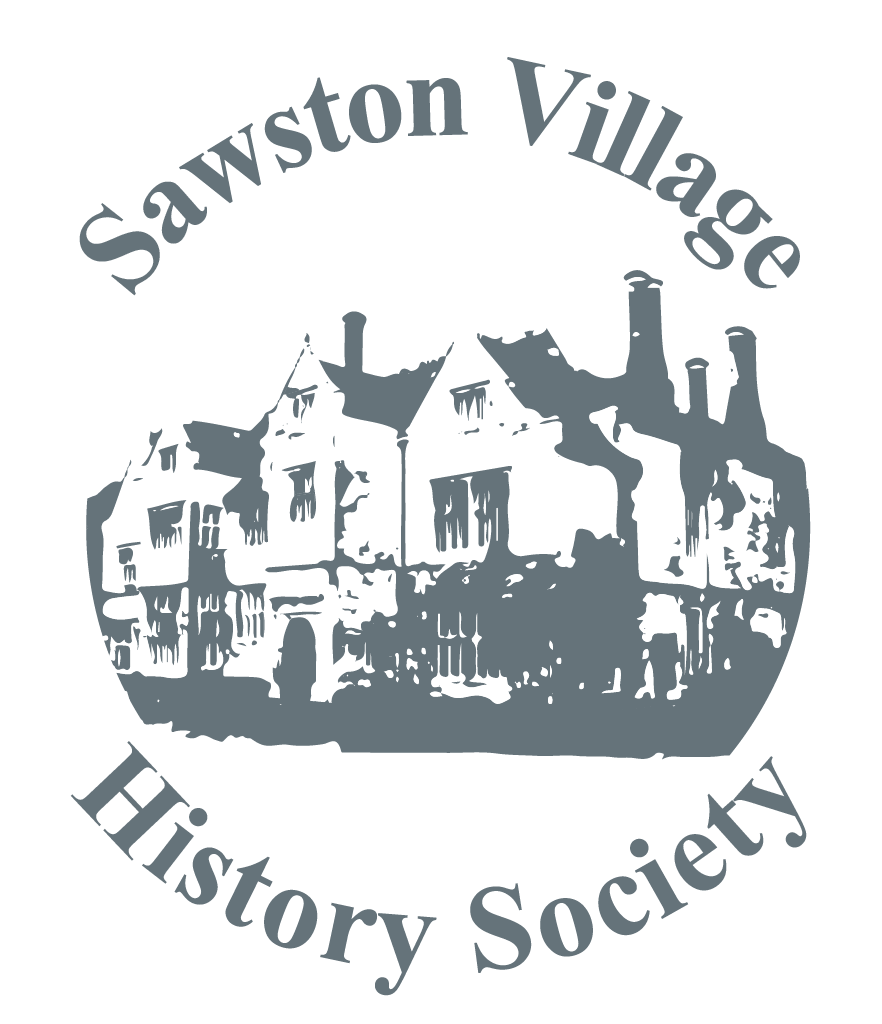
Did he really exist and why have we a foreign patron saint of England? St George came from Cappadocia and died in 303 AD when he was in his thirties. His mother was a devout Christian and his father was in the Roman Army. He was a martyr and died in Lydda, North West of Jerusalem and Bethlehem.
St George refused to worship the Roman gods because he was a Christian. In the Middle Ages all good saints had to have suffered some form of torture – put on a wheel, have had boiling oil poured over them, etc. He was protected by angels so survived all tortures, but was beheaded. Churches were built in his memory and he became the patron saint of battles.
The dragon appears in the twelfth century probably based on pictures of other people slaying fierce animals. There are various stories relating to St George slaying the dragon.
Richard I, known as Richard the Lionheart, was very involved in the crusades which were not going well. He introduced St George to England and called on him for help. Before this the most likely English saint would have been St Edmund but he was too gentle and not a martyr.
Images of St George show him with the white face of an Anglo Saxon with a flag of a red cross on a silver or white background. King Edward III created the Order of the Garter in 1348, with St George as the Patron Saint. There are 24 Knights of the Garter plus the sovereign and other important royals, who walk in procession at Windsor.
Henry V called on St George for help during the Battle of Agincourt. In Royston Cave there is an image of St George with his sword.
In the reign of James I, St George was closely connected with ceremonial occasions. There were annual processions on St George’s Day, 23rd April, but many villages just produced a play. He was still celebrated in the eighteenth century and the Society of St George was founded at the end of the nineteenth century.
Edwards VII’s eldest son Albert, Duke of Clarence, is depicted as St George in a stained glass window at St George’s Chapel, Windsor. Baden Powell, the founder of the Boy Scout movement, admired St George very much and parades were held on St George’s Day.
In WWI a ‘Britain Needs You at Once’ poster depicted St George and a large dragon which presumably was Germany rearing up. Later a statue of St George on a horse with a dragon underneath was made out of captured German guns. Many war memorials feature the flag of St George. The WWI memorial at Trumpington shows St George slaying the dragon.
St George is depicted on the reverse of gold sovereigns through the reigns of many monarchs. Sawston Players produced a play about St George and the Dragon for the Twinning Association visit by Selsingen inhabitants. It was traditional to pick dandelions on St George’s Day to make wine.